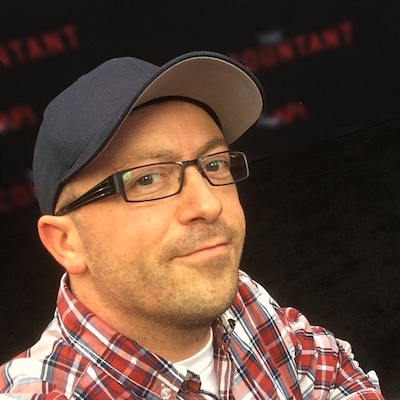Fire Drill: “Final Destination Bloodlines” DP Christian Sebaldt & VFX Supervisor Nordin Rahhali on Creating a Scorcher
A quarter of a century after the first Final Destination movie landed in theaters, the beloved franchise is back with a vengeance. Final Destination: Bloodlines leans into two things: using practical effects wherever possible and paying homage to the franchise’s core concept—Death can’t be cheated.
Final Destination: Bloodlines, now in theaters, follows college student Stefani Reyes (Kaitlyn Santa Juana) as she is plagued by a recurring nightmare that leads her to discover her family on Death’s list. Her only way to try to save them is to find the one person who can break the cycle.
Cinematographer Christian Sebaldt, ASC, whose work includes Resident Evil: Apocalypse, and visual effects supervisor Nordin Rahhali, known for San Andreas and the Fantastic Beasts films, collaborate to breathe new life into the franchise’s trademark iconic set pieces. Here, they break down how they made the best of Vancouver’s creative talent pool, how they constructed the film’s creatively brutal sequences, and what they think needs to be done to bring more films like this back to Los Angeles, where they both live.
What can you tell me about your creative partnership?
Rahhali: The restaurant set piece at the beginning of the movie is a great example. That came from the script, it went to storyboards, then a very heavily prevised sequence so we could work out all the major shots ahead of time. That was important for Christian and me, because we could figure out which ones would be challenging even before the set was built. I was also able to do some techvis so we could figure out how to film it. We had limitations on the stage space and how the build was going to be. We also gave some leeway for the art department to put flyways in the ceiling so we could get cranes in, and all of that had to be planned way ahead.
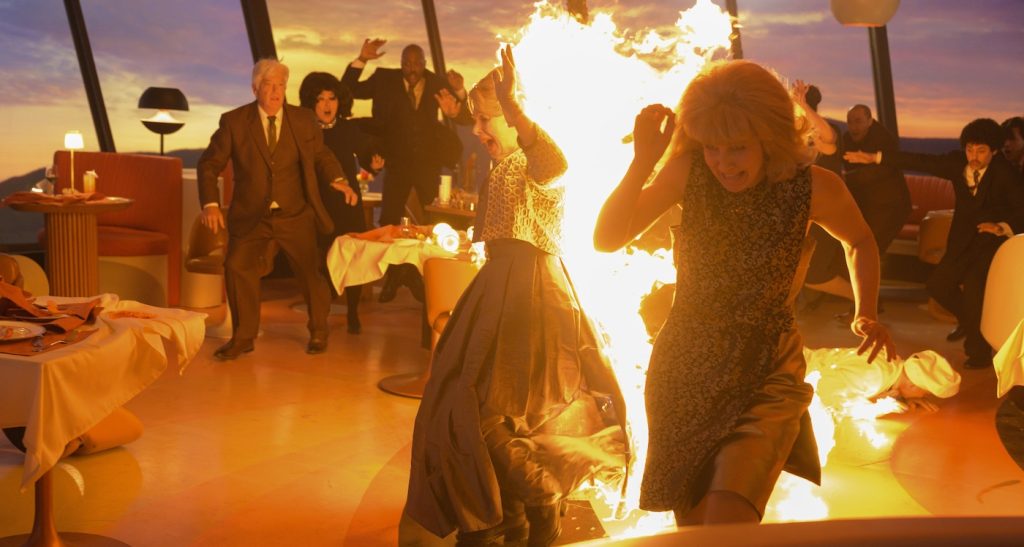
How much prep time did you have?
Rahhali: We prepped twice for this film because we were a week away from filming, and SAG-AFTRA members went on strike, which shut the production down. When they came to an agreement, we went back to film, but not everyone was available, so we had a partially different team. We managed to keep the core intact, but had to do prep again. We benefited from it because our script had evolved and improved. The writers were on strike, too, but we had a locked script, so when they agreed, they could work on it, and lo and behold, it was better. The whole film benefited from that.
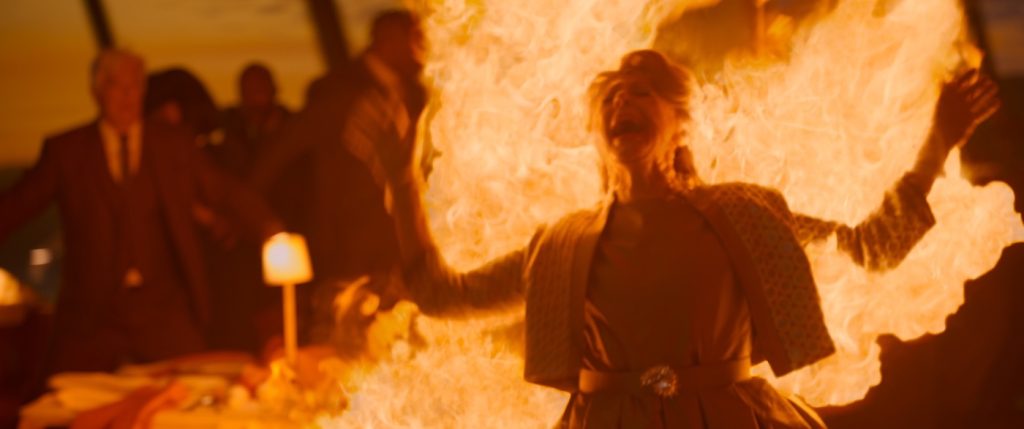
When setting pieces and effects, what was the one you knew you needed to get right first to set the bar?
Rahhali: We wanted to have the first scene in the film at the end of the schedule because it was the most complicated. However, due to money, scheduling, and other things, it ended up fitting at the head of the schedule. I think that also benefited the film because sometimes you need to be thrown into the fire and get the hard thing out of the way.
Sebaldt: One thing that has always been important to me, no matter what type of project it is, is to deliver first dailies that are really good, because the first few days, maybe even the first week or so, the studio or the network, wherever the money is coming from, are watching them closely. It was the right way to start because the moment the dailies came in, everybody said, ‘Oh, my God. Incredible.’
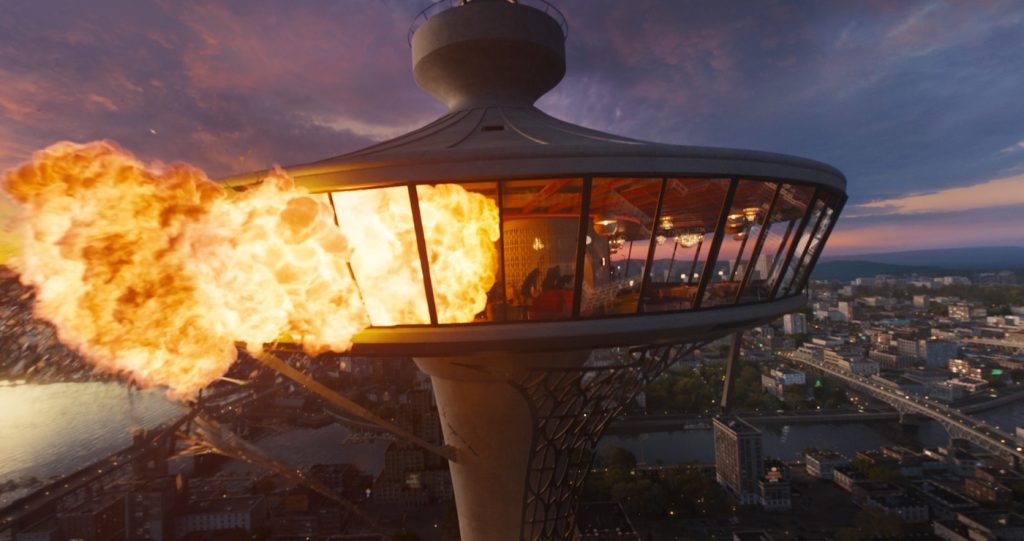
What are your favorite effects from the film?
Sebaldt: My favorite scene is when our lovely couple gets in the elevator in the first scene as the premonitions start. The audience sees them arrive at the restaurant, but the elevator doesn’t actually arrive because it was built into the set and didn’t move at all. It’s just a gag, but everybody wiggles in sync, and now it’s my favorite effect in the movie.
Rahhali: There’s a really great shot right after the explosion in the restaurant. It’s a tracking shot. Iris enters the frame, the restaurant is on fire, people are in the background, and there is all this smoke. It’s the first shot where you see the mayhem and feel it on her face as she runs towards us. It’s not the most extravagant shot, but it looks beautiful and merges all the disciplines. It’s the type of shot that, if done wrong, you don’t buy anything after it.
Final Destination: Bloodlines leans into practical effects. What were the creative benefits of that?
Rahhali: I’m a big advocate for building off a good base. The visuals look the best when they’re built off of something real, or if there’s a great reference, so I worked with our SFX head, who was game for putting as much fire everywhere as possible, which is why we fireproof the set. We had the fire department there every day. It was a very safe and controlled environment, but they could put fire everywhere. With that base, even though we added a lot more fire, that fire was a lighting reference and a physical reference for the actors to act against. Practical effects like the degloving of the hand and the lawnmower to the face are incredible. That was a beautiful maquette, and we took a lawn mower, went for the face, added blood, and enhanced it, but it was a base to work off.
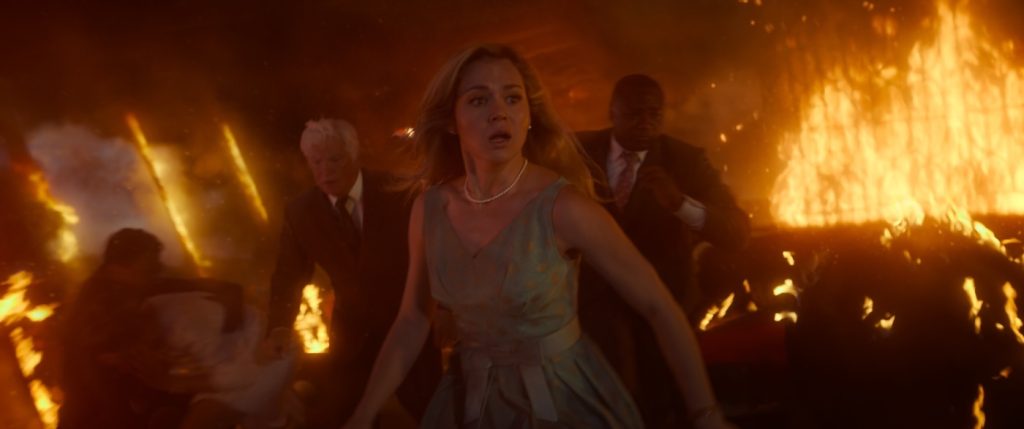

You are both based here in California. Final Destination: Bloodlines was shot in Vancouver, Canada. Did you use a lot of local craft talent?
Sebaldt: I rely on the camera, lighting, and grip departments to save my butt, and fortunately, when we started both preps, the talent pool was unbelievably strong. There was a hole in the schedule where the big movies and TV shows were not shooting, so we had the best crew available in Western Canada at that time.
Rahhali: Vancouver has a world-class crew and a great talent base, both for production and post. Years and years of rebates will do that for you. Everyone migrates up there.
Sebaldt: I worked there on the show Lucifer for Jerry Bruckheimer for a few months. I was replacing another DP, and I met a gaffer with whom I worked well, called Sean Rooney. When this project came along, Sean was available. He’s extremely experienced, can handle the most complex settings, and he’s unbelievably prepared. He brings the right rigging gaffers and so on, so we never have issues or delays. If I have an inexperienced crew, I deliver a mediocre product. There’s no question about it.
There is a huge move to improve incentives and bring more filming back to California, especially Los Angeles. What do you think needs to be done to help with that?
Rahhali: It’s dollars. That’s all it is. If a market offers a studio a rebatable percentage of 30 percent or more on their dollar, that’s where they will want to film, especially if that market is strong and has a great team. Vancouver, Toronto, London, and the Gold Coast in Australia have built up. This is just my opinion, but until all those rebates go away, the studios will keep going for that. I don’t see things coming back unless California has comparable rebates or incentives. I want it to because I live here. I know they’re trying, but they haven’t gone far enough. Some films will take advantage of those, but I don’t think it will bring it all back until it is close to the level of other locations.
Sebaldt: I pay attention to where I shop. If there are four stores, and they all have the same product, and in this case, it’s a good crew, I’ll go to the place that saves me 15 percent. The problem with California is that we don’t have anything comparable, even to other states. We have got to look around this country, and say, ‘Who gives the best rebates? Let’s beat the best rebates in the rest of the country to bring projects here.’
Rahhali: Make Hollywood what it was. I’ve lived here for 21 years. I can count on one hand the films that I’ve worked on here in terms of production. I’ve always flown everywhere else to film. I’ve done pickups on films here, or reshoots in some cases, but it’s very sad that Hollywood, the hub of all cinema exports worldwide, doesn’t shoot films as much as it used to. I would love to film here entirely, but I’ve never done it.
Final Destination: Bloodlines is in theaters now.
Featured image: Brec Bassinger as “Iris” in New Line Cinema’s “Final Destination Bloodlines,” a Warner Bros. Pictures release. Photo credit: Eric Milner/Warner Bros.

